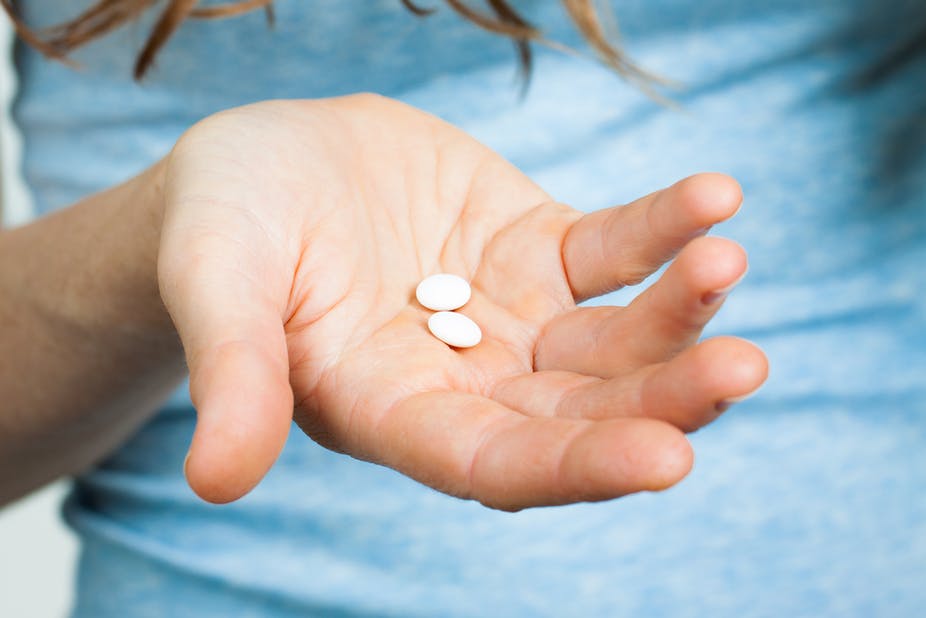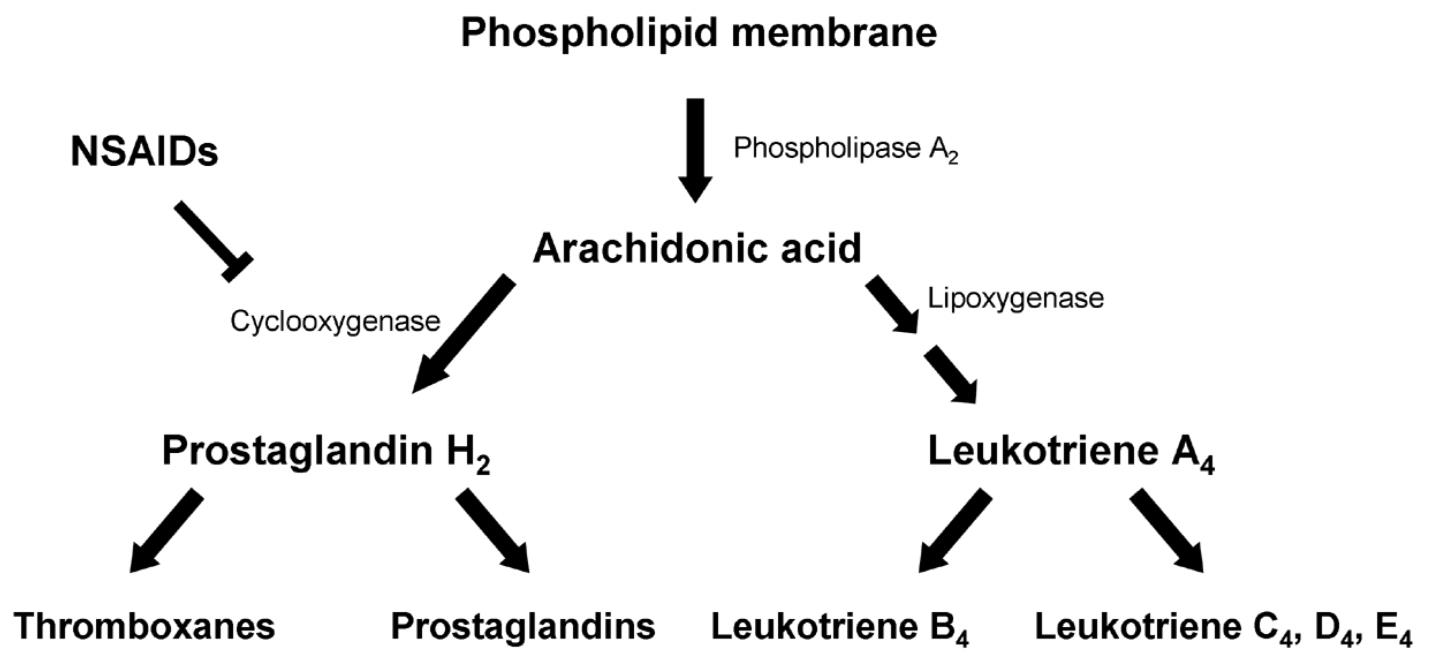Comparative Analysis Of Aspirin And Paracetamol
Question
Task: Compare the mechanism of the two most common pain relief medicines available today which are aspirin and paracetamol. Describe the key differences between them and the effect they have on the human body.
Answer
When there is an injury, or you are ill, you can feel the pain. Pain can be steady or constant; it can be sudden as well as sharp at the same time. People can experience which is mild, moderate or severe. The severity of pain decides the process of treatment. When a person is in huge pain, he may not be in a position to carry out his usual activities which will lead him to look for some medications available around him or visit a medical practitioner. Aspirin and paracetamol are one of the common painkillers found in every household. It is not necessary that these medicines are prescriptive; people keep these medicines in order to get relief from pains specific to a body part (Autret et al., 1997). There are similarities between both these medications, but they are distinct from each other in terms of effectiveness, usage, side-effects, combinations and reaction with other food and drugs. The paper aims to compare the similarities and differences between aspirin and paracetamol, referring to different studies.

Aspirin and paracetamol are considered as painkillers used for treating regular pains. They are considered as an analgesic which can provide relief from the pain. They can be used to provide temporary relief during toothache, headache, and menstrual pain. But it is necessary to choose one of them depending upon the pain and the side effects that you want to avoid.
In the case of sprains and strains, the area may get inflamed, there may be redness, and swelling or you may not be able to effectively use the part. If there is a clear inflammation, you can use aspirin but if in case you have pain without any inflammation, then taking paracetamol is the best option (Bianchi et al., 2017). You can also use ice packs in order to control the pain and the swelling without opting for aspirin and paracetamol. For continuous back pain, these medications can provide temporary relief, but it is better to visit a doctor at the early stages in order to avoid any complications. In the case of toothache or dental pains, aspirin is the best option to take, but an increased intake of this medicine may result in clotting of blood. In the case of menstrual pain, any of the two medications can be used, keeping in mind the duration and the number of the dose taken.
In case of headaches, if you have migraine-related problems, then aspirin should be used as a medication over paracetamol. But if the headache has been caused due to overthinking or tension, then you can choose any one option between aspirin and paracetamol. You should avoid taking a regular dosage of paracetamol in case of frequent headaches. In the case of cold and flu, it is recommended to use paracetamol due to its analgesic component, which helps in reducing fever. It is one of the preferred choices when it comes to choosing between aspirin and paracetamol. Generally, paracetamol is provided to children in times of fever or pain, keeping in mind the dosage mentioned on the label of the medication. It is recommended that children below the age of 16 years should not take aspirin. Certain reports have suggested severe liver damage in children when they have been administered with an inappropriate dosage of paracetamol (Kanabar, 2017).

If a child is suffering from asthma, giving a continuous dose of paracetamol can be dangerous. There are some research studies which have highlighted that administering paracetamol during an asthmatic attack may exacerbate the attack. In place of aspirin and paracetamol, ibuprofen should be administered in such conditions.
There are people using aspirin and paracetamol for a long time to get relief from rheumatoid arthritis and severe back pain. Along with providing relief to the pain, both these medications have an antipyretic effect of controlling fever. There are some evident differences in the usage of both medications. Usually, doctors and pharmacists recommend using aspirin instead of paracetamol to control the pain and fever and its anticoagulant and anti-inflammatory properties present in it. Pharmacists are ware about medications relieving chronic pain as they are frequently approached by customers searching for some pain killers. They update the pharmacist about their condition, and after verifying the symptoms, pharmacist helps them with appropriate medication. They also get regular feedback from the same customers on their next visit in order to ascertain that the medication provided did provide relief from the pain. It helps in avoiding atrial fibrillation, strokes, and heart attacks due to its feature of thinning the blood which reduces the clotting of blood in the blood vessels (Coggon, Langman and Spiegelhalter, 1982). When there is a serious injury leading to irritation and swelling on any part of the body, it is necessary to increase aspirin's dosage to provide immediate relief.
Aspirin and paracetamol together can react in the same manner when they come in contact with the body. The central nervous system of the brain gets affected by the usage of these medications.

The prostaglandins and thromboxane are the two substances which perform the actions. With the help of nerves, Prostaglandins send the pain signals to the brain at a higher rate. The process aggregates the pain and leads to inflammation of the affected area. It is also involved in narrowing the blood vessels and clustering the blood platelets. On the other hand, thromboxane blocks blood flow in the affected area, leading to blood clotting. Both these substances get activated when they come in contact with an enzyme named as cyclooxygenase (Kanabar, 2017). A dose of aspirin and paracetamol affects the cyclooxygenase, which prohibits the activation of prostaglandins and thromboxane, leading to lesser pain and reduced swelling. If you are taking aspirin, it will prohibit cyclooxygenase from activating other enzymes, increasing the pain. On the other hand, if you have taken paracetamol, then it will indirectly prohibit cyclooxygenase, and there may be a revival of pain due to the presence of peroxide. Some research studies claim that paracetamol prohibits cyclooxygenase 1, 2 and 3, whereas aspirin prohibits cyclooxygenase 1 and 2.
Today, before taking any medication, people look for their side effects, and these side effects can be mild or severe. If a medication has a mild side effect, it will not be of a great danger until and unless the medication is regularly consumed for a longer period of time. In such situations, it is advisable to visit a doctor than to continue taking the medicines. There are some habitual side effects of taking aspirin and paracetamol, which are, headache, nausea, burning sensation in the heart and an upset stomach. Majority of people taking these medicines will ignore the mild side effects and continue with the medication (Mphahlele, Onyango and Mhlanga, 2015). But if in case they develop a severe problem or they are unable to bear the side effects, it is necessary to discontinue the medication and visit a medical practitioner. There is a possibility that both aspirin and paracetamol may have different side effects. The side effects of taking aspirin can be chronic diarrhoea, redness of the face or black patches appearing on the face along with some internal bleeding. In the case of elderly people taking this medicine may lead to excessive bleeding due to thinning of bowel and intestine walls. Administering aspirin to children aged 12 or below can be dangerous as they may be exposed to Reye's syndrome, which affects the brain and the liver. People can also complain of hives, swelling of face and even report difficulty in breathing due to the side effect of the medicine (Raimbault, Athavale and Rossi, 2019). Paracetamol can also cause serious side effects, including blood during urines, or redness of the face, white patches on the skin, mouth ulcers, throat infections, skin rashes, bruising, or pain in any part of the body, low fever or jaundice. People who regularly intake paracetamol can face liver problems in future. When using it on children, special attention should be given to the changes occurring in their body and health. Some of the usual side effects of paracetamol on children include loss of appetitive, lack of sleep, constipation, etc. There may be some major side effects, including severe allergic reaction, difficulty in urinating, dizziness, hallucinations, change in the heartbeat, mood swings, etc. The parents should understand that it’s time to visit a medical practitioner.
It is important to consult a doctor before taking aspirin and paracetamol, along with other medications. People should have knowledge about the foods and drugs that they should avoid while taking aspirin and paracetamol. It has been recognized that there are some foods which do not react well with certain drugs, so it is necessary to avoid them in order to be protected from severe side effects, for example, alcohol consumption is strictly prohibited while taking a pain killer to be it paracetamol or aspirin (Steiner, Lange and Voelker, 2003). Taking aspirin with alcohol may cause internal or gastrointestinal bleeding. It is recommended to have a word with a medical practitioner before consuming alcohol and taking aspirin.
Drinking alcohol under the medication of paracetamol can also be dangerous. It may damage the liver after a period of time due to the accumulation of toxins around the liver. It is also recommended to avoid taking caffeine if one is under the medication of aspirin and paracetamol. Taking caffeine can affect the absorption of medicine in the body. It is essential to keep an eye on the diet while taking aspirin. In case a patient has been recommended to take a high dosage of aspirin, he should include foods that are high in vitamins, including vitamin K, C and B. He should also consume leafy vegetables, along with lots of fruits (Bianchi et al., 2017). He should reduce the consumption of ginger and garlic.
In conclusion, it can be stated that these medications are not diagnostic specific, so it is advisable to choose between aspirin and paracetamol, keeping in mind the side effects that you want to avoid. It is recommended to adhere to the guidelines mentioned on the label of the medication. These guidelines related to dosage have been framed considering different studies and experiments to provide you with the best results with safety. If the pain is for a short term, and you do not have access to any medical practitioner, you can take one of the pain killers. But if the problem persists, you should avoid taking aspirin and paracetamol as it can cause some new health problems and make you addicted to them. In such situations, it is better to visit a doctor, do regular exercises, and opt for some therapies like cognitive behavioural therapy or you can even try acupuncture.
References
Autret, K., Reboul-Marty, J., Henry-Launois, B. et al. (1997) Evaluation of aspirin and paracetamol, ibuprofen on efficiency and comfort in children with fever. Eur J Clin Pharmacol 41, pp. 367–371. https://doi.org/10.1007/s002280050215
Bianchi, C.L., Sacchi, B., Pirola, C. et al. (2017) Aspirin and paracetamol removal using a commercial micro-sized TiO2 catalyst in deionized and tap water. Environ Sci Pollut Res 24, pp. 12646–12654. https://doi.org/10.1007/s11356-016-7781-z
Coggon, D., Langman, M.J and Spiegelhalter, D. (1982) Aspirin, paracetamol, and haematemesis and melaena. Gut, 23 (4), pp. 340-344
Kanabar D. J. (2017). A clinical and safety review of paracetamol and ibuprofen in children. Inflammopharmacology, 25(1), pp. 1–9. https://doi.org/10.1007/s10787-016-0302-3
Mphahlele, K., Onyango, M.S and Mhlanga, S.D. (2015) Adsorption of aspirin and paracetamol from aqueous solution using Fe/N-CNT/?-cyclodextrin nanocomposites synthesized via a benign microwave-assisted method. Journal of Environmental Chemical Engineering, 3 ( 4), pp. 2619-2630,
Raimbault, N., Athavale, V and Rossi, K. (2019). Total effects in the low-frequency vibrational modes of aspirin and paracetamol crystals. Phys. Rev. Materials, 3(5), p. 053605.
Steiner T, Lange R and Voelker M. (2003) Aspirin in Episodic Tension-Type Headache: Placebo-Controlled Dose-Ranging Comparison with Paracetamol. Cephalalgia, 23(1), pp.59-66. doi:10.1046/j.1468-2982.2003.00470.x












